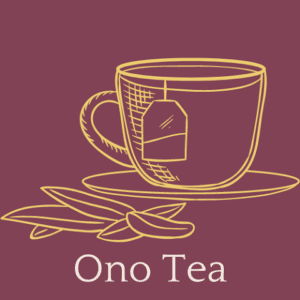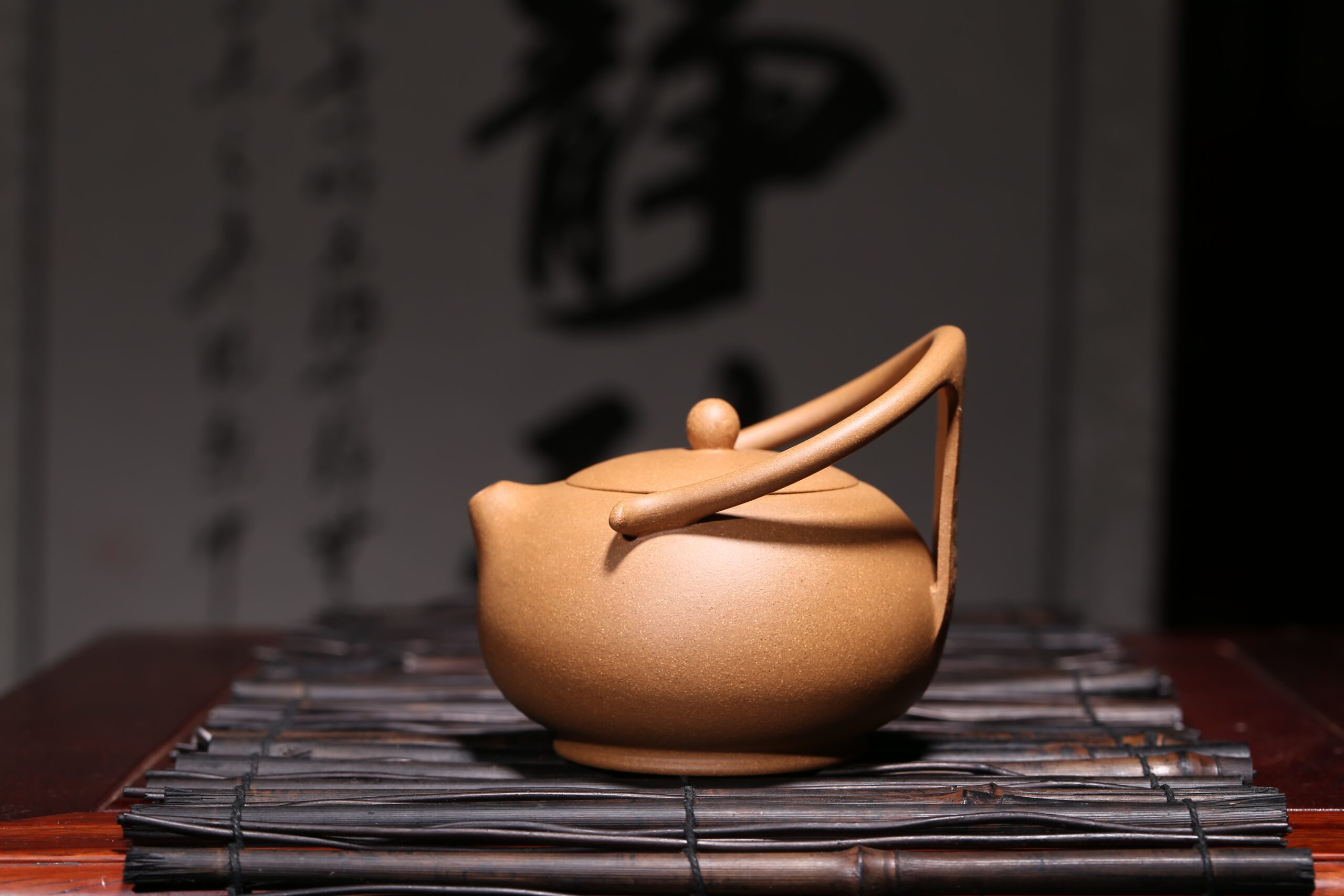Tasting oolong tea once in your life will entice you to become an avid consumer. The delicate, sweet, and floral taste of oolong tea is highly inviting. Originating from China, oolong tea has become globally popular.
The oolong tea plantation is also found in Taiwan. Some varieties of oolong, like milk oolong, are specially grown in the mountainous regions of Taiwan.
The multiple versions of oolong available on the market can beguile your senses. There is a high probability that you have never tasted authentic oolong. You could also be tired of drinking the highly processed tea. Therefore, you need to buy premium oolong tea.
Premium oolong tea is the most genuine version of oolong tea available. You should immediately treat your taste buds to this delight.
Characteristics of Premium Oolong
Following are the key aspects of premium oolong tea:
Process
A premium oolong tea is created using the best techniques. The process is performed meticulously because timing is the key to getting the oolong right. Premium oolong has a different fragrance and taste than the other versions.
You get the right color because all the leaves are subjected to the same protocols. The organic oolong tea is hand processed, and no additives are used.

Source
Premium oolong tea leaves are always derived from indigenous farms. The plantations in the hilly areas are the most suitable source to acquire the tea.
Organic oolong tea grows in the presence of a sufficient water supply.
The soil is moist and provides all the essential nutrients to the plants. The humid climate of these areas facilitates the growth of tea plants. Moreover, they also get more than 100 cm of rainfall which is another essential requirement.
The environment is stable for the tea plant, which ultimately gives rise to oolong, green, white, and black tea.
Organic oolong tea is derived from loose leaves. At the time of the harvest, farmers precisely analyze all the pants.
They only pick out the buds with fresh green leaves. Moreover, they ensure that the stem remains intact to them.
The soft stem produces the most delectable oolong teas. It also supports the umami flavor inside the organic oolong tea.
The practice can help manufacturers avoid artificial flavoring techniques. The stems remain attached even in the final packaging for oolong teas. These soft buds are then further processed to produce the fragrant organic oolong tea.
Withering
Withering is the step that dries the tea leaves. The organic oolong tea withers in the sun. The manufacturers must assess parameters such as sunlight and dehydration levels to get the desired aromas.
Withering initiates the reactions that generate the characteristic fragrance and taste of oolong tea.
They also keep changing the direction of the leaves to provide an equal degree of sunlight. Once the leaves have withered for a specified time, they are removed from the sunlight.
The loose leaf is then placed into a steel or bamboo tray frame. The loose leaf is positioned to maximize air exposure and surface area.
Oxidation
It is the most essential part of the oolong tea fermentation process that ultimately determines the type of tea.
The degree of oxidation can produce white, black, oolong, and green tea. The traditional Taiwanese oolong teas are kept in bamboo cylinders. The key is to minimize air exposure and break loose leaf cell walls.
Triggering oxidation reactions also changes the color of the loose leaf. The greater the oxidation level, the darker the loose leaf color. Oolong tea has an oxidation level ranging from 10–80%. Jin Xuan is the least oxidized oolong tea.

Top 3 Premium Oolong Teas
Following are some of the best premium oolong teas available on the market.
Republic of Tea
- They have a range of organic oolong tea.
- These are available in fruity flavors. However, you can also find premium oolong loose-leaf tea.
- You can also get the tea bags, but the loose leaf will enhance the original flavor of the tea.
- You can also find the types of oolong tea.
- Each organic oolong tea has a different oxidation percentage. You can select the one that suits your palate.
BelloCQ Premium Oolong Tea
- These loose-leaf oolong teas are native to China and Taiwan.
- These are acquired directly from these regions and have varying degrees of oxidation.
- The loose-leaf oolong teas have specific colors.
- These are indicators of the taste these tea leaves will eventually produce.
Tian Hu Shan Premium Oolong Tea Leaves
- These are some of the most popular oolong tea leaves.
- You will find them more oxidized than the milky oolongs.
- The 40% oxidation rate makes them suitable for people who enjoy the ethereal taste of oolong tea leaves.
FAQs
1. Should I get Oolong Tea leaves or tea bags?
You must always ensure that you get the loose leaves instead of the tea bags. They have a rich oolong essence derived from the native plants
2. What are the health benefits of Oolong Tea?
There are numerous health benefits to oolong tea. You can use the tea to create a healthy lifestyle. You can also use them to fight a disease or health condition that threatens the stability of your life. Organic oolong can help alleviate cholesterol levels, regulate blood pressure, and maintain optimum cardiac functionality.
3. Are green teas the same as Oolong?
Milky oolong tea usually has the same color as green tea. Although both are derived from the same plant, they have different flavors, aromas, and oxidation percentages.
4. Why do all Oolong leaves not have the same colour?
All oolong leaves have different oxidation levels, which determine their color. The black leaves are highly oxidized and bitter. In contrast, the lighter leaves of Jin Xuan are creamier, sweeter, and more floral.
Conclusion
Oolong is a great choice for a healthy diet. You can be active without being anxious due to the minimal caffeine content compared to black tea. They can soothe your mind and body.
Beginners should opt for lighter oolongs, like Jin Xuan. Once you get accustomed to their flavor, you can go for a more intense oolong brew with darker leaves.

